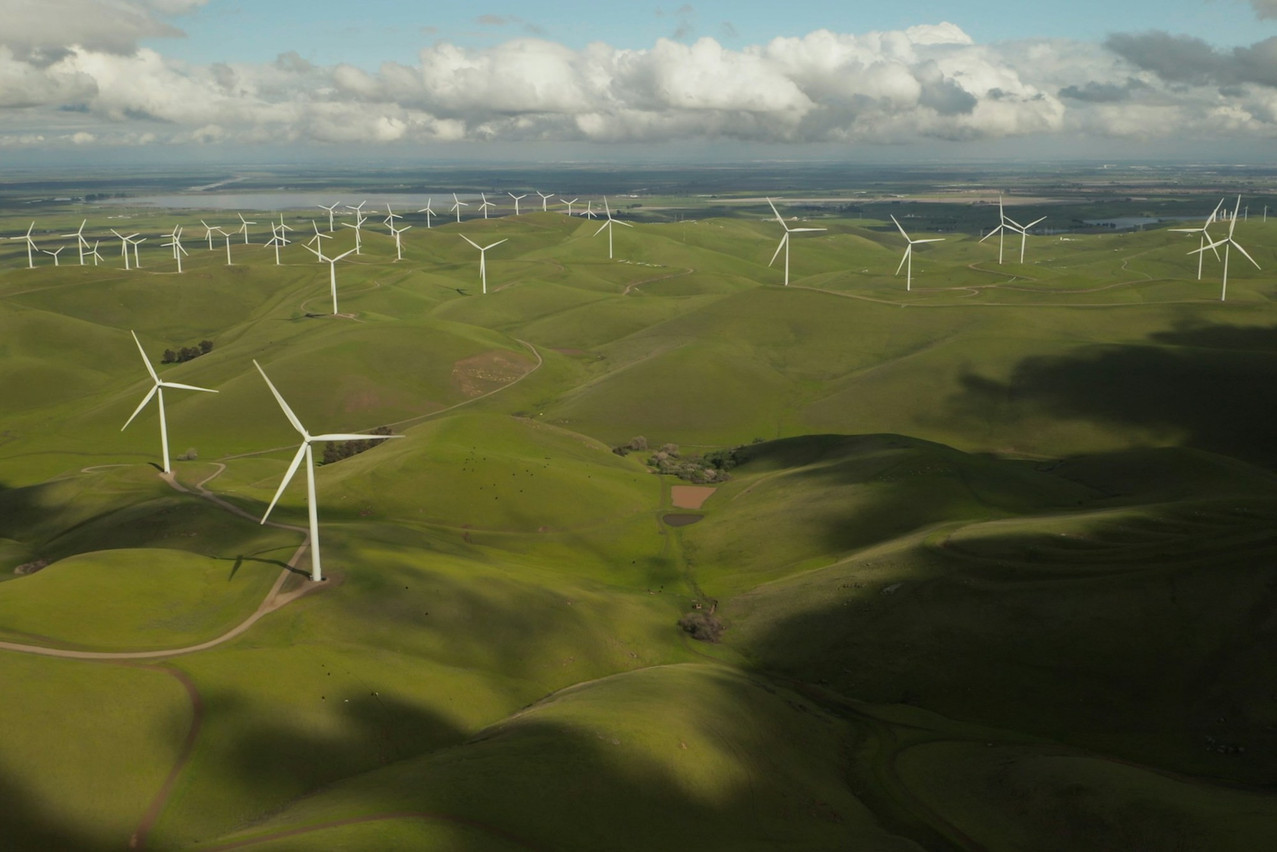Article 8 investment funds logged significantly higher net inflows and total assets under management than article 9 funds during the first six months of 2024, while both article 6 funds and unassigned funds remained significant.
The articles refer to the EU’s Sustainable Finance Disclosure Regulation and the were published by LSEG Lipper, a data provider, this week and covered the entire European region, including non-EU jurisdictions.
Under SFDR, investment funds report under three classification schemes. Article 8 funds incorporate sustainability criteria into their decision-making process, while article 9 funds specifically aim to make a positive impact. Funds classified under article 6 make no sustainability claims at all.
As of 30 June 2024, European investment funds categorised under article 8 “held the largest amount of assets” (€7,429.4bn), followed by funds categorised under article 6 (€5,265.9bn) and uncategorised funds (€2,332.8bn), while the smallest portion were article 9 funds (€353.6bn).
LSEG Lipper noted that: “Since this report covers the whole of Europe, it is no surprise that a high percentage of assets under management are held by funds which are not assigned to an SFDR article. These funds are mainly domiciled in countries outside of the EU and are not registered for sales in the EU.”
Article 6 funds “were the product type with the highest estimated net inflows overall for 2024 so far,” said LSEG Lipper, noting that “the majority of s in Europe” and many money market funds, both popular with investors, are categorised under article 6. “This means that the flows by SFDR article are rather caused by product and asset type preferences than by a preference for funds which do not use ESG/sustainability criteria.”
Read also
Article 8 funds (+€52.6bn) and uncategorised funds (+€28.1bn) recorded smaller inflows, while article 9 funds registered net outflows (-€17.2bn).
